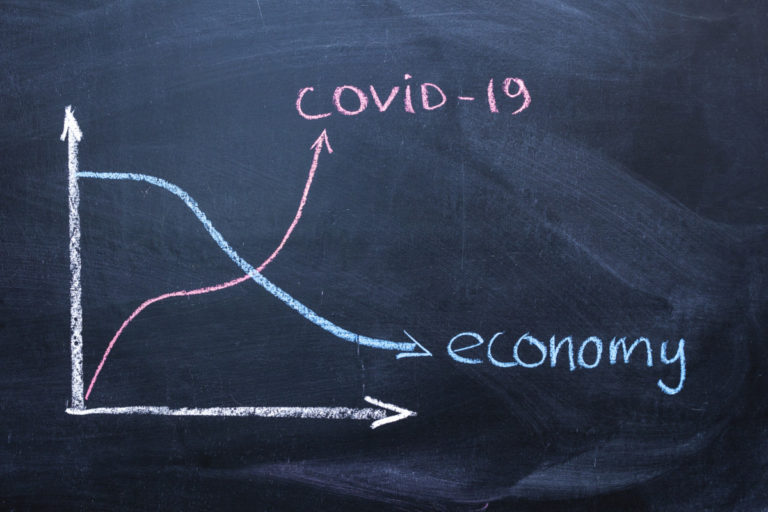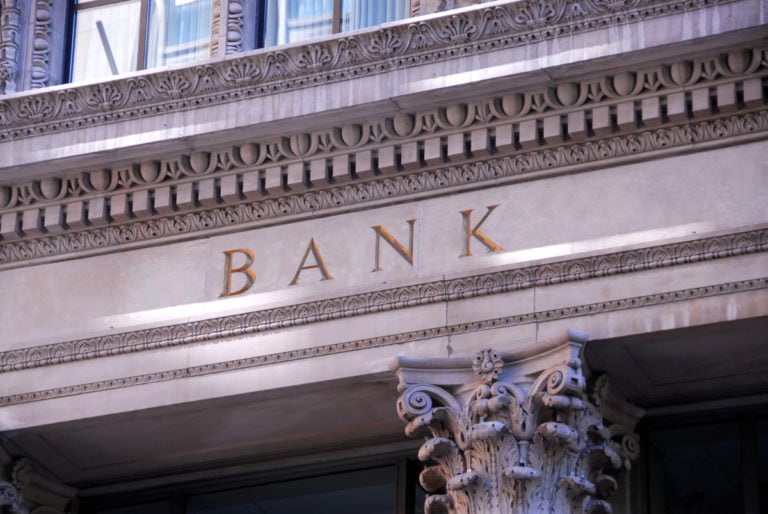Most states in the modern world are based on a capitalist economy. The hallmark of capitalism is the existence of a free market.
The market, no doubt, shapes the state and the relationship between them. It directly affects our lives. To better understand the modern political and economic structure of the world, you need to understand what a market economy is.
What is a market economy?
The market economy assumes the development of the market in a free order with minimal intervention of state structures. Distinctive features and the main characteristic of a market economy is that different economic entities can freely interact with each other, pricing is not controlled by one player.
State functions in a market economy

The power of state influence on the economy varies – it depends on the political structure of a particular country, but in general, the state has several roles in a market economy – to protect the rights of the producer and consumer, prevent the creation of monopolies and regulate the import and export of goods.
The role of the state in a market economy
The influence of the state on the market economy can be considered based on three aspects: resource, financial and legal.
- The resource aspect is the extraction and distribution of materials necessary for manufacturers.
- Financial – issuing money, collecting taxes and distributing them.
- Legal – creating regulatory laws, licensing manufacturers and protecting civil rights (both consumer and manufacturer).
If the state intervenes too much in the economy, for example: it establishes strict price regulation, owns most of the production capacity, or limits private ownership, then such a way of life cannot be considered a market one. The more influence the state has, the less free the market is.
The task of the state in a real market economy is not to suppress it, but to support it. On the other hand, complete non-interference in the life of the market can lead to the fact that it will begin to develop chaotically and illegally.
How does the government provide support?

The state creates a legal framework for the functioning of a market economy, and also checks whether all laws, regulations and other requirements are observed by both producers and consumers.
Public services protect consumers of goods and services. To do this, they check the quality of products manufactured by companies and put forward certain requirements for the conditions under which production should work and what properties the final product should have.
In case of non-compliance with the instructions, the state may prohibit further production by the company or temporarily suspend it. Consumers who have bought a defective product have the right to replace it. In case of refusal by the manufacturer, the consumer can turn to the state for help.
The state protects not only consumers, but also producers of goods and services. To do this, it issues licenses and confirms the quality of goods, protects the rights of private owners.
Another way to support a market economy is through government investment. Public services can support key sectors of the country’s economy through constant cash injections, gratuitous training of specialists, etc. Thanks to this, many enterprises continue to operate even during periods of crisis. The state can subsidize plants, factories and other industries so that the latter avoid bankruptcy.
State regulation of the market economy
In addition to the above actions, the state also controls the financial aspect of the market. This includes the collection of taxes and other obligatory payments from producers and consumers, the distribution of money, the issuance of securities and banknotes, and control over their circulation. Without this, the normal functioning of the market, and hence its development, is impossible.
The state always carefully controls the process of mining, monitors the development of energy, infrastructure and communications, the education system, healthcare, and the agricultural business.
Some states can completely control these aspects of the economy due to the fact that they completely own these industries, others impose strict requirements on private owners. This is due to the fact that these are sectors of the economy directly related to the state (resources and the social component). These areas are constantly monitored and subjected to constant monitoring.
The central banks of countries are engaged in the issue of securities and banknotes, which are necessary for the normal functioning of the market. In addition, the Central Bank pays attention to and controls the use of foreign currencies in the state and manages the currency, gold and other reserves of the state in order to support its economy.
Examples of the function of the state in a market economy
The Central Bank of the Russian Federation annually issues a certain amount of the national currency – Russian rubles. Thanks to this, it controls inflation processes and maintains the amount of currency necessary for the functioning of the economy.

Another example is the Federal Antimonopoly Service of the Russian Federation, which is engaged in the fight against monopolies, dishonest advertising and other illegal methods of competition between entrepreneurs. The FAS also checks foreign investments, compliance with regulations in retail trade, etc.
Many of the key extractive industries in Russia are controlled by the state, which either audits companies and allocates resources, owns companies, or has a large (controlling) stake in order to make key decisions on the further development of industries. The Ministry of Economic Development of the Russian Federation also implements the plans for economic development that have been adopted by the Government of Russia.
Pros and cons of a market economy
The free market, like other economic systems, has its advantages and disadvantages. They are connected with the fact that market relations are not regulated centrally, and this is both good and bad.
Pros
The market economy has the following advantages over other modes:
Consumer behavior affects the decisions of producers, which means that society is developing more in the direction that the majority of the population wants. Demand forms supply, so the market practically does not produce “extra” goods and services that will not find their consumer. Thus, available resources are allocated more efficiently.
Free competition affects prices in a positive way. No one controls pricing, so they are not artificially low or high. The potential for economic development is growing. Science, education and other sectors of the economy are developing faster due to the free functioning of the market, foreign investment and support from the state (but not complete control).
The consumer and the producer make independent decisions, so no one is left in the minority and there is no dissatisfaction.
As you can see, the market economy has many advantages, which is why most modern states have chosen this path of development.
Cons
Of course, the market also has disadvantages:
Unlike a planned economy, a market economy pays less attention to the collective (public) sectors of the economy: sports, medicine, culture). Periods of development are followed by periods of decline. As a result, instability often occurs in society.

Social protection of disabled citizens (pensioners, disabled people and children) is shifted to the state, which in a market economy does not have as many resources as private owners.
These shortcomings are typical for any market state, but they manifest themselves to a lesser or greater extent, depending on the level of development of a particular society.
Signs of a market economy
There are several characteristic features of a market economy:
- freedom of enterprise;
- minimal government intervention;
- free relationships between business entities.
What role does competition play?
Types of competition in a market economy
Competition manifests itself in different forms: in pricing, quality of production, production methods, use of innovations, competition for the sale of goods, etc. The scale of competition is individual (between entrepreneurs), local, national and global (between organizations).
Market economy models
The market economy develops in different ways in different states:
- Classic capitalism. Typical for Western European states.
- Anglo-Saxon model. USA, UK.
- East Asian. China.
In addition to these types of models, there are others, but the listed ones were chosen by the majority of existing states.
Questions
What is the difference between a market economy and a command economy?
A market economy, unlike a planned, command (centralized), is regulated by supply and demand. The position of the players in the market depends only on the conjuncture of the market (that is, supply and demand). A market economy differs from a command economy in that in it the question of what and how to produce is decided by the producers themselves.

Command and market economy comparison
A command economy is also known as a planned economy, a planned economy, or a centralized economy.
Examples of countries with market economies
Market economies: USA, Russia, China, Germany, France, Canada, Mexico, Italy and others. The degree of state intervention in these countries is different, but at the heart of each of them is free competition.
When the market economy was formed in Russia
The Russian economy previously corresponded to an administrative model characterized by the centralization of all processes, the presence of one main regulator in the form of state bodies, the setting of prices by this regulator at a certain level, and a planning system.
Since the collapse of the USSR, Russia has taken a course towards building a market-type economic model to bring the economy into a state of growth.
What is a socially oriented market economy?
The model of the socio-market economic system proceeds from the requirement that the state and private business do not have full control over the economy, but serve the people. In this kind of mixed economy, as well as in a market economy, only the decisions of the consumers, resource providers and private firms determine the structure of resource allocation.
However, the economically stronger are obliged to support the weaker ones. The role of the state is to develop a sense of mutual responsibility of all participants in the market and to correct unfair trends in competition, trade and income distribution. This system was seen as an alternative to the capitalist and socialist system.
Conclusions
The market economy is one of the possible ways of the economy. This is the most common economic development model in the world. Most modern states have adopted this way of life.












